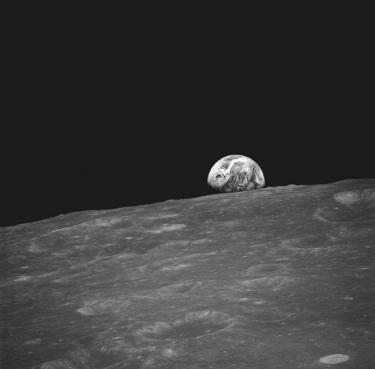 CU-Boulder will play a crucial role in NASA’s future explorations of the moon, thanks to two NASA grants totaling $11 million in early January.
CU-Boulder will play a crucial role in NASA’s future explorations of the moon, thanks to two NASA grants totaling $11 million in early January.
The grants will enable researchers to study the cosmos from moon observatories and conduct science and safety investigations on the moon’s dusty surface and atmosphere. Some of the money — $5 million — will lead to the creation of the Colorado Center for Lunar Dust and Atmospheric Studies, headed by professor Mihaly Horyani of the Laboratory for Atmospheric and Space Physics. Aiming for NASA’s 2011 exploration mission to the moon, campus scientists will build a high-tech lunar dust detector to provide more information on the physical characteristics of the moon’s dust, which will help researchers better evaluate astronaut safety concerns as well as how dust interacts with the atmosphere and solar wind. They also will design antennas to be placed on the far side of the moon that could help scientists detect sounds from the first half-billion years of the universe’s estimated 14 billion-year history.
“This shows once again that the University of Colorado is among the world’s leaders in space science,” professor Jack Burns of CU-Boulder’s Center for Astrophysical and Space Astronomy says.
In other space news, hundreds of students living on Colorado’s Front Range and in several communities in Texas remotely monitored spiders and butterflies on board a 15-day NASA space shuttle Endeavor mission in November. It was the third shuttle flight of CU-Boulder BioServe’s K-12 educational program that allows students to view video, still images and data from the space station.






